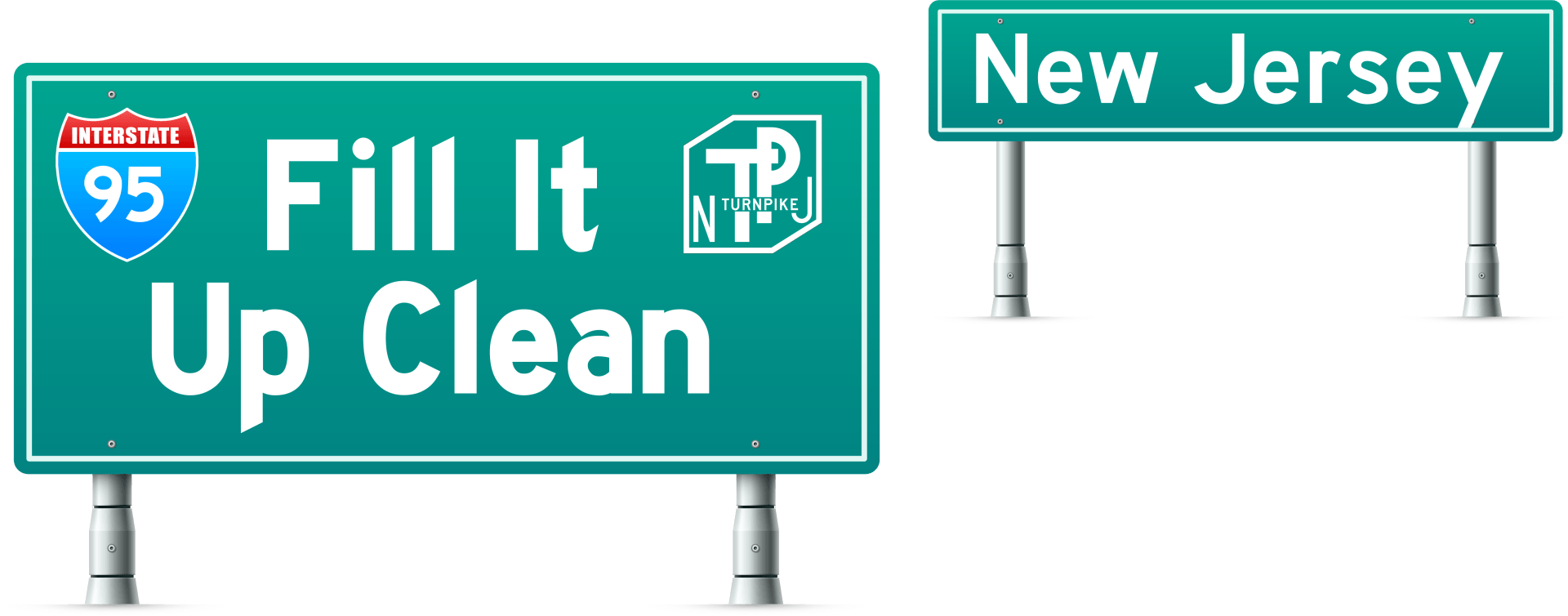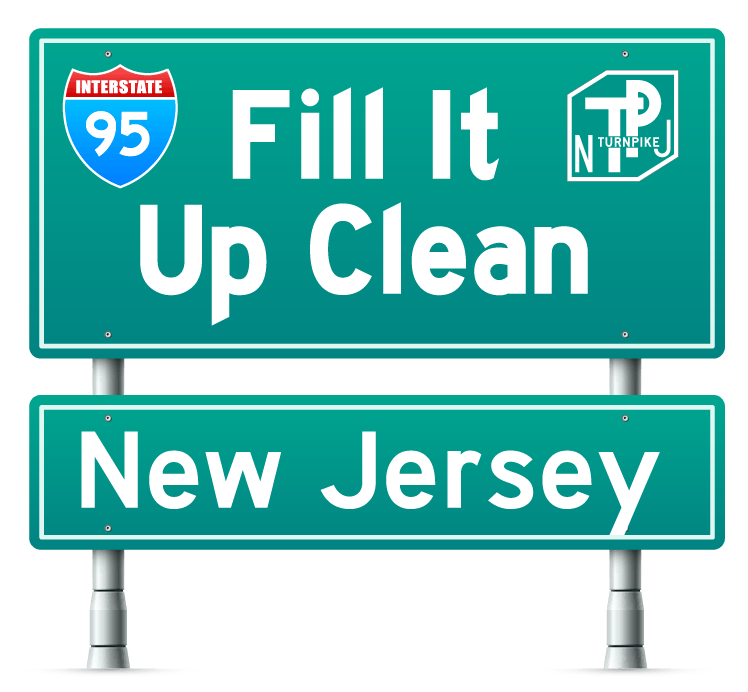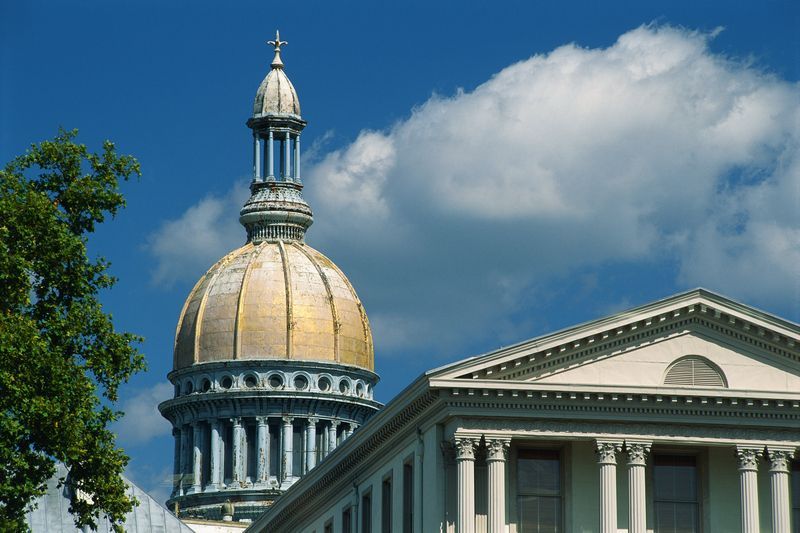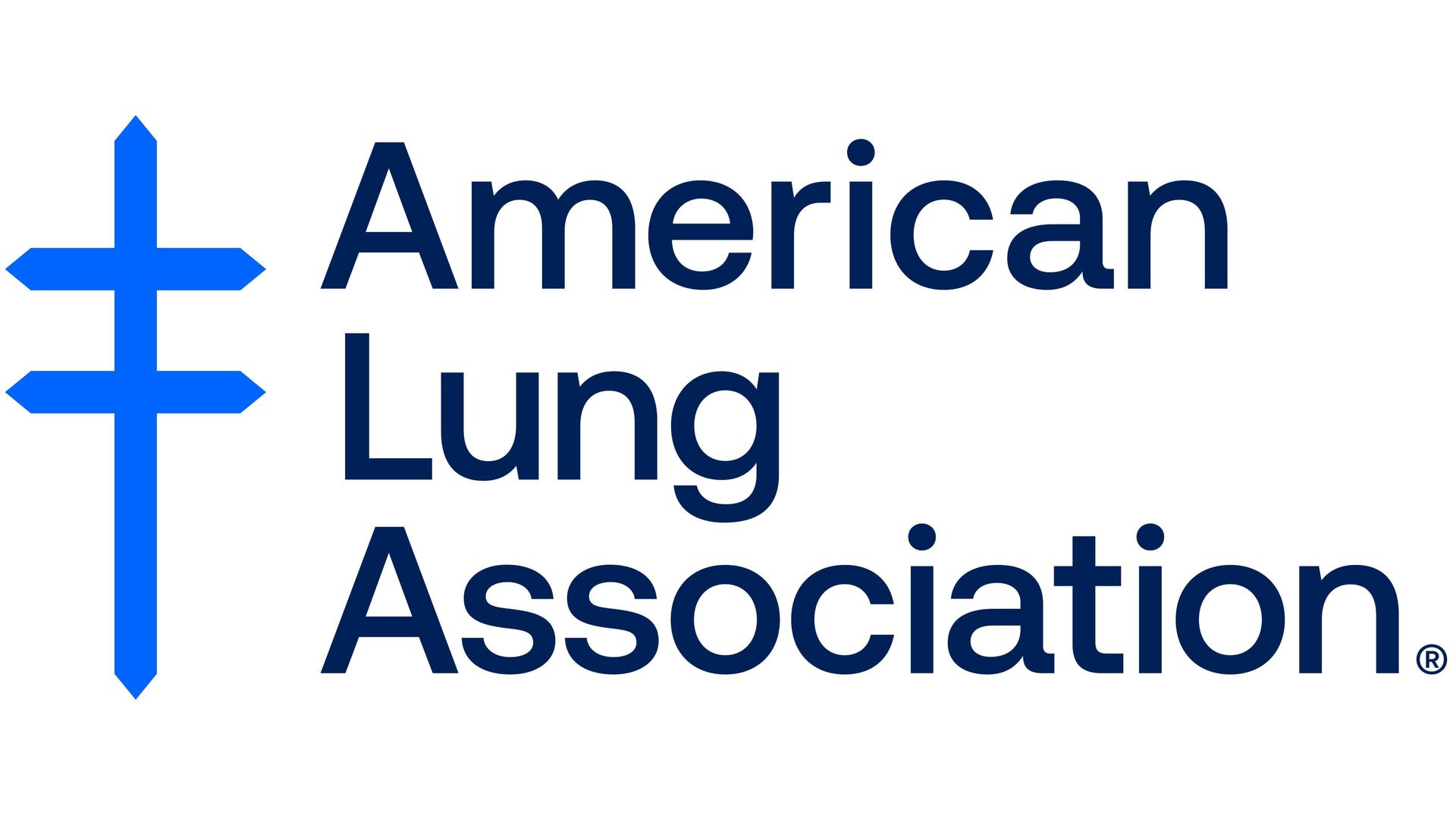New Jersey, We've Got A Problem - Our Air
Gridlock, Greenhouse Gases & Smell Of The Smog
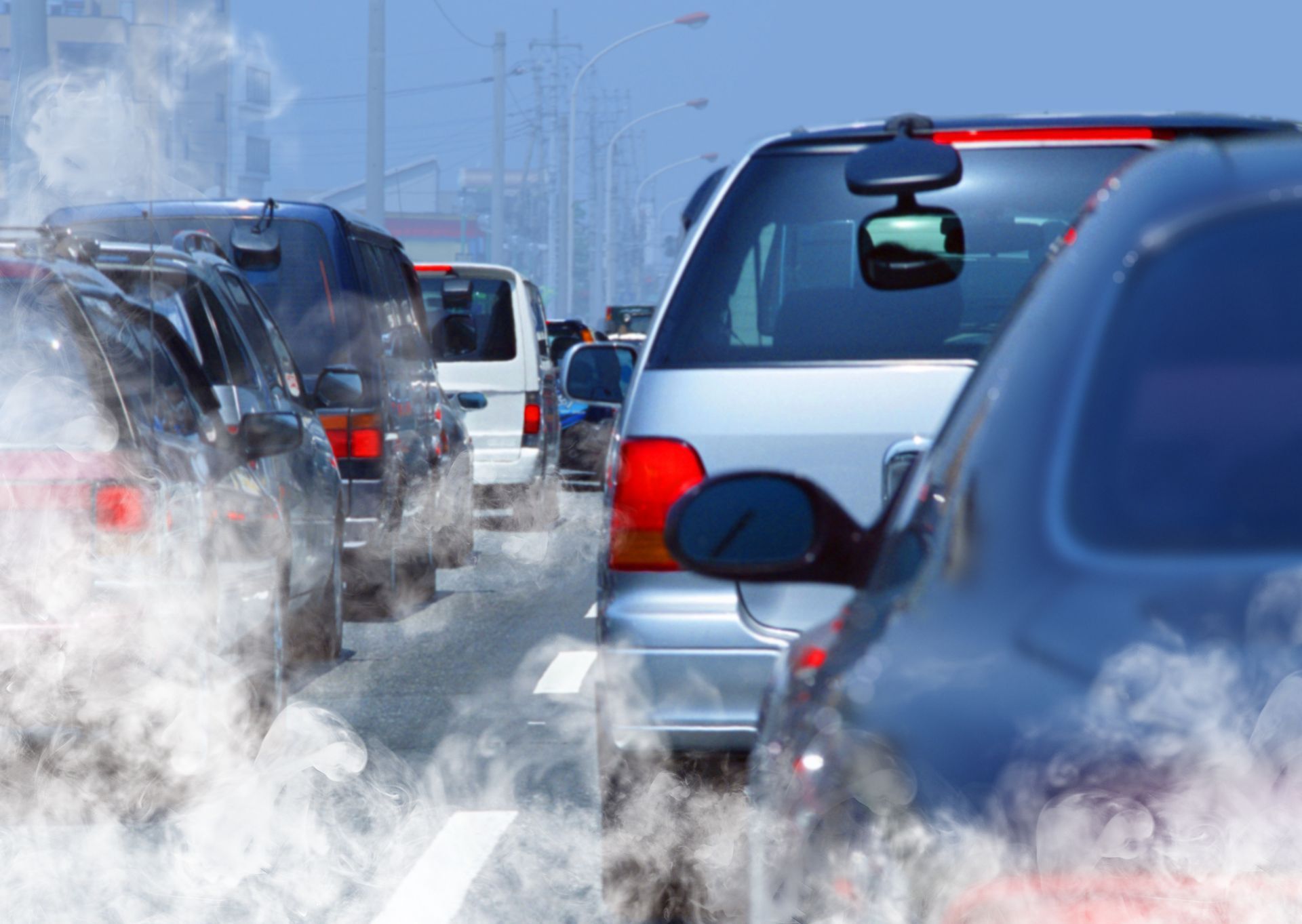
It should come as no surprise that New Jersey, a major commuting corridor between Philadelphia and New York City, has insufferably toxic air.
Nearly half of CO2 and other toxic air emissions that cause global warming and pollute the air in the Garden State come from the transportation sector, compared to 38% nationwide.
One-third of New Jerseyans spend at least 35 minutes a day getting to work, with 15 percent logging more than one hour. And almost half are on the road to work between 8 a.m. and noon, creating immense gridlock trapped in shroud of tailpipe exhaust.
NJ Turnpike Ranks #3 On Worst Highways List
Is it any wonder why local NJ media would rank the Garden State's most hellish highways and byways? The New Jersey Turnpike, not surprisingly, ended up #3 on the list. Wallet Hub ranked the state #3 nationally for worst traffic congestion.
The gridlock is enough to drive sane drivers mad and stressed out to say the least, but there's a more pressing problem: the air pollution associated with it. .
Eight percent or 763,844 New Jersey residents suffer from adult and pediatric asthma. 4.4 percent or 410,000 have COPD and 527,552 have cardiovascular issues, according to the
American Lung Association's 2023 State of the Air report , which covers 2019-2021 air quality data.
Toxic air emissions go beyond being harmful to just lungs and hearts. Several recent studies have found it's as bad for the old noggin as well. Harvard School of Public Health researchers recently found that residents living near busy highways are more likely to get dementia, even when the toxic air emissions are below legal limits. Another study concluded that cognitive decline can rear its ugly head within a few hours of sitting in traffic, and a third discovered that dirty air exacerbates symptoms of bipolar depression.

At Least 55% New Jerseyans Breathe Polluted Air
At least 5.17-million or 55 percent of New Jerseyans live in areas where air quality ranks a C or below, according to the Lung Association's report card.
That's a conservative estimate as the Lung Association couldn't even grade six counties, where they don't have the equipment to measure harmful air emissions.
Counties Closest to Metro Areas Rank Worst For Ozone
Bergen and Mercer counties scored Fs for ozone, while Middlesex and Camden got a Ds. The four account for 2.72 million residents.
In Bergen, 8.2 percent or 78,615 county residents suffer from adult or pediatric asthma, 4.6 percent from COPD and 5.9 percent from cardiovascular disease. A little over 7 percent live in poverty and 46.4 percent are of color.
In Mercer, 8.3 percent or 32,005 residents have adult and pediatric asthma, 4.3 percent have COPD and 5.5 percent have cardiovascular disease. Nearly 10 percent live in poverty and 53 percent are of color, according to the Lung Association.
Five other counties got Cs, including Hudson, accounting for 2.45 million people.
Biggest Metro Areas In New Jersey Fail On Air Quality
The state's two largest metro areas connected by the New Jersey Turnpike, both got Fs for ozone and a C or below for 24-hour particle pollution.
To the north, the Newark-New-York City MSA ranked 12th nationwide for highest ozone levels.To the south, the Philadelphia-Reading-Camden MSA area ranks 28th in the nation for ozone.
And even to the west, the Allentown-Bethlehem-Easton, PA-NJ MSA couldn't muster anything better than Cs for ozone and 24-particle pollution.
Choosing Clean, Renewable Fuels Are An Option Today
Electric vehicles, or zero emissions vehicles as they are often called, are one option for drivers to reduce their emissions and help all New Jerseyans breathe cleaner air. But for families who want to cut climate change causing emissions but who can't afford an EV or worry about the lack of charging stations, there's an alternative.
Clean and sustainable fuels made from fats, greases, food and farm waste reduce harmful tailpipe emissions by up to 80 percent and can be used in any car or truck made in the United States after the year 2000. Western states that have adopted renewable fuels have seen dramatic decreases in air pollution from vehicles while gas prices have remained stable or even dropped.
Related Stories:
New Jersey’s 25 worst highways, ranked by how much we hate them
